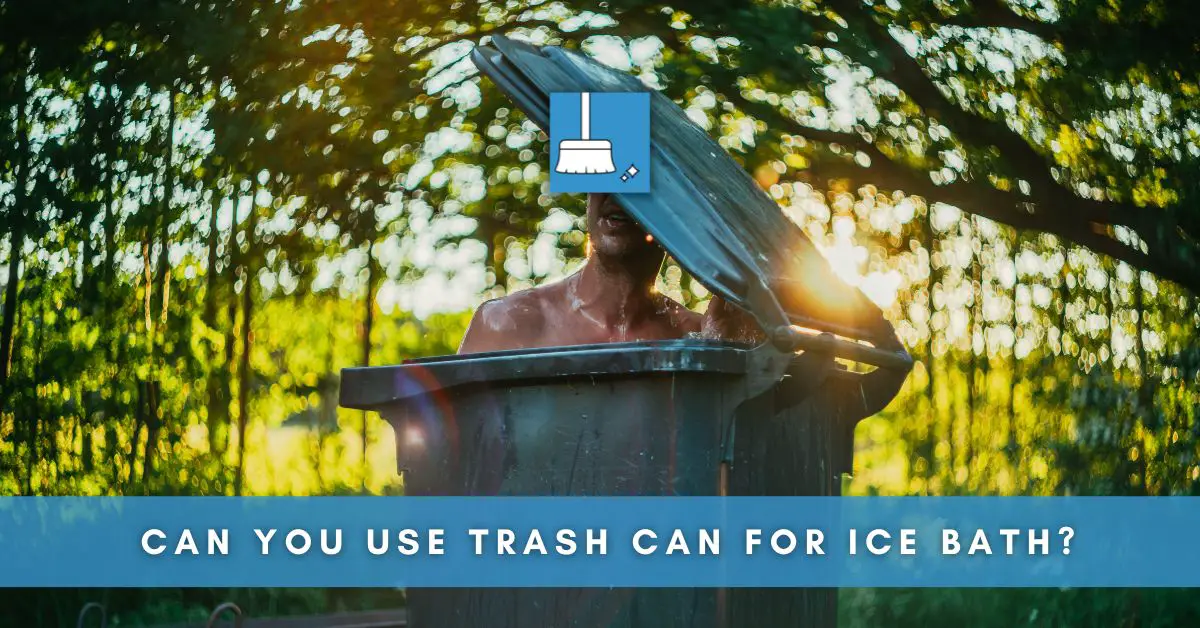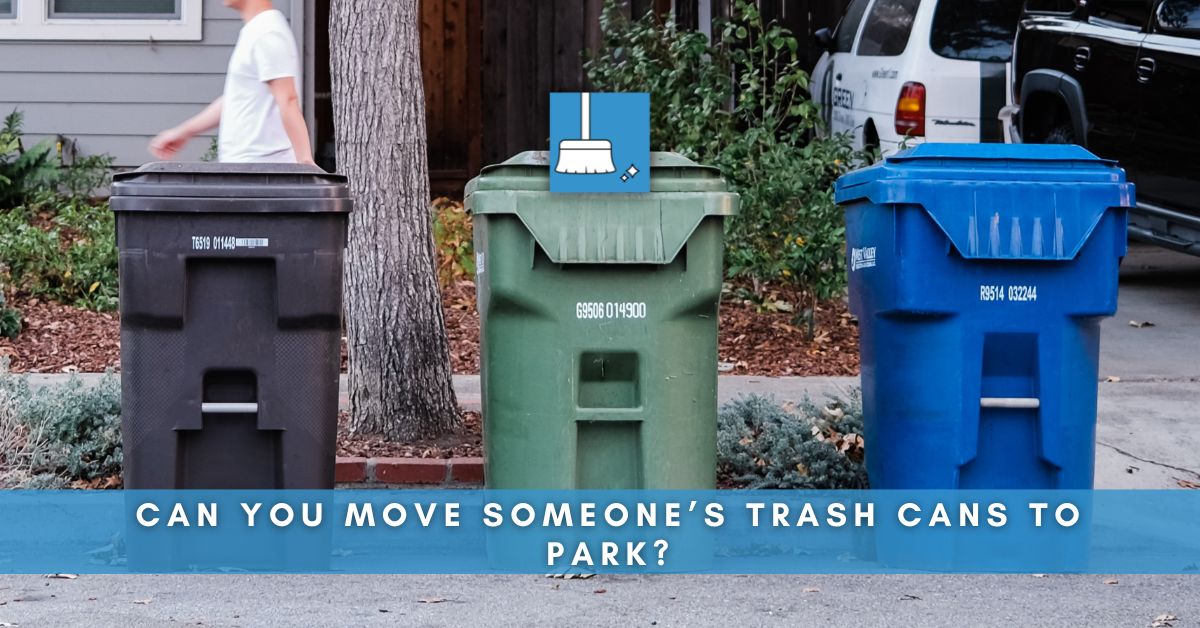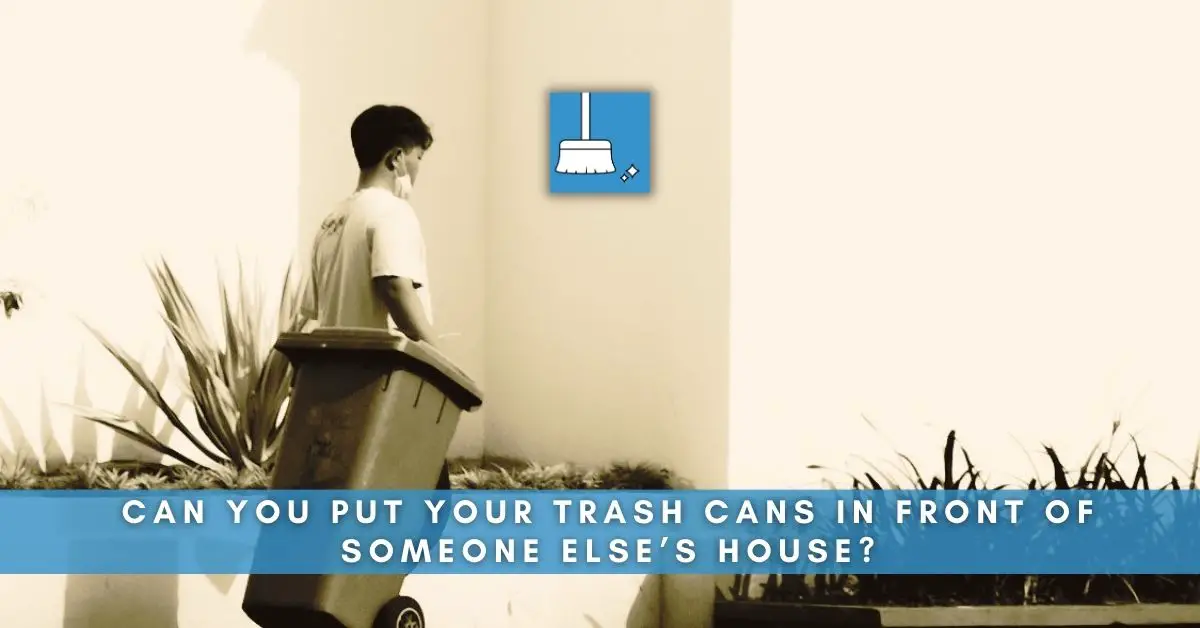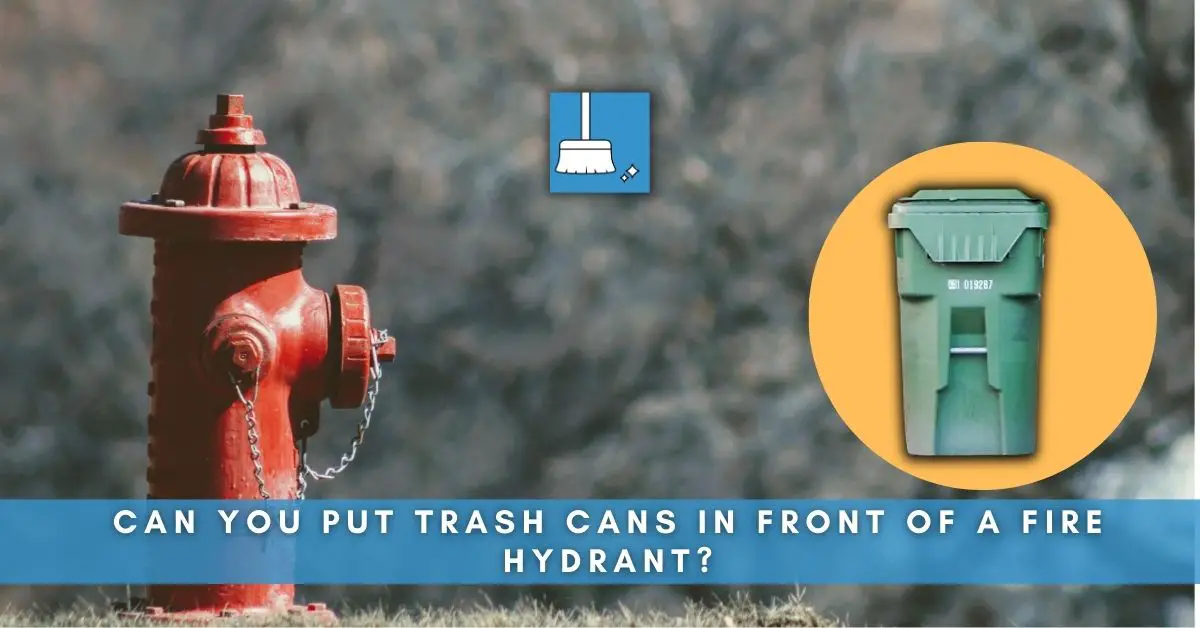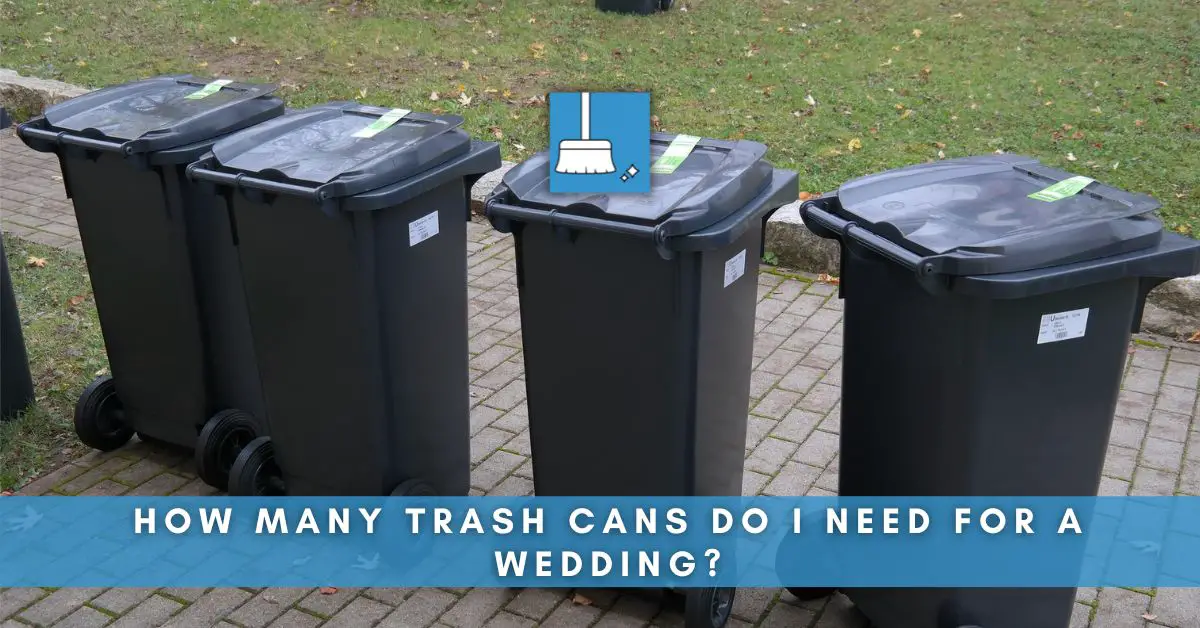As you may have already realized, setting up an ice bath can be a daunting task, especially if you don’t have suitable equipment readily available. You might have even glanced over at your trash bin and wondered, can you actually use a trash can for an ice bath? Well, we’re here to unveil the possibilities and enlighten you on transforming a humble garbage bin into a makeshift icy oasis.
Why Trash Cans Can Work for Ice Baths
Trash Cans can definitely be used for ice baths. In fact, Trash can ice baths have emerged as a popular DIY solution for those who want to experience the benefits of cold therapy without investing in expensive equipment or special facilities.
Trash cans are readily available and relatively inexpensive, making them an attractive option for those looking to create a DIY ice bath at home.
These containers come in various sizes, so it is possible to find one that will accommodate the amount of ice and water needed for an effective cold water therapy session.
Plastic trash cans are lightweight, portable, and easy to clean, making them a convenient choice for those who do not have easy access to a bathtub or those who want a dedicated space for their ice bath routine.
They can be set up indoors or outdoors, depending on personal preference and space availability. This makes it a convenient option for those who may not have access to a spacious bathtub or don’t want to dedicate a permanent area in their home for an expensive ice bath setup. [1]
Trash Can Ice Bath (DIY Steps)
Using a large, clean trash can to create an ice bath is an affordable and effective alternative for health-conscious individuals and fitness enthusiasts alike.
To create a trash can ice bath, all you need is a sturdy, plastic trash can with a capacity large enough to accommodate your body.
It is essential to choose a high-quality, durable trash can made of materials like heavy-duty plastic or stainless steel to avoid leaks and ensure stability.
Step 1- Ideally, choose a trash can that is 30 gallons or larger to ensure it is spacious enough for you to fully submerge yourself.
Make sure the trash can is thoroughly cleaned before use to avoid any contaminations.
Step 2- Once you have your trash can ready, fill it with cold water to the halfway point and add the required amount of ice, usually between 50 to 100 pounds.
This should create a 3 to 1 water-to-ice ratio and help the water temperature reach the optimal 45 to 58 degrees Fahrenheit (7 to 14 degrees Celsius) range.
A waterproof digital thermometer can be helpful for monitoring the temperature.
Step 3- Proceed to follow the same precautions you would for a regular ice bath.
Prepare a set of warm, dry clothes, a towel, and any other essentials you may need after emerging from the cold water. Dress appropriately for your trash can ice bath, wearing shorts or sweatpants and a T-shirt, to avoid negative side effects from exposing your bare skin to such cold temperatures.
Step 4- Gradually submerge yourself into the trash can, focusing on your breath and easing your body into the water to avoid shock or discomfort. Take your time and focus on your breath to help your body adjust to the cold temperature. [2]
Benefits of Cold Water Therapy With Trash Can Ice Bath
In recent years, cold water therapy has gained popularity due to its numerous health benefits. The following are some advantages of using a trash can for ice baths:
Firstly, a trash can ice bath can improve circulation. When you immerse your body in cold water, your blood vessels constrict, redirecting blood flow to your vital organs.
Once you leave the ice bath, your blood vessels expand, which can improve circulation and oxygen levels throughout your body.
Secondly, cold water therapy using a trash can ice bath can potentially help with muscle recovery.
After intense workouts, your muscles can experience inflammation, soreness, and fatigue.
Immersing yourself in cold water for a short period can help to reduce inflammation and muscle swelling, promoting faster recovery and enhanced performance in future workouts.
Lastly, a trash can ice bath provides a space-saving and budget-friendly option for those interested in trying cold water therapy.
This method requires minimal investment as compared to expensive commercial ice baths or cryotherapy chambers while still offering similar benefits.
A trash can is also convenient for small living spaces where a full-sized bathtub or ice bath may not be feasible. [3]
Safety Concerns with Trash Can Ice Baths
There are several safety concerns to consider when using a trash can for ice baths.
One of the primary concerns is the stability and strength of the trash can. Since ice baths require a person to sit or lie down in the container, a flimsy or unstable trash can may buckle or collapse under the weight, potentially causing injury.
Another safety concern is the cleanliness of the trash can. Trash cans are designed to hold waste, and even if washed thoroughly, there may be lingering bacteria or chemicals that could be harmful when immersed in water.
It is essential to make sure the trash can has been thoroughly cleaned and sanitized before using it for an ice bath.
The shape and size of a trash can may also pose safety risks. Many trash cans have narrow bottoms, making it difficult to maintain balance when entering and exiting the ice bath.
This can lead to slips, falls, or other accidents, especially when the body is already cold and potentially numb from the ice bath.
Lastly, the materials used to manufacture trash cans may not be suitable for prolonged exposure to cold temperatures and water.
Some plastics may crack or break when exposed to freezing temperatures, leading to sharp edges that can cause injury during an ice bath.
Additionally, the use of a trash can as an ice bath may void any warranty or guarantee offered by the manufacturer, as it is not intended for this purpose. [4]

